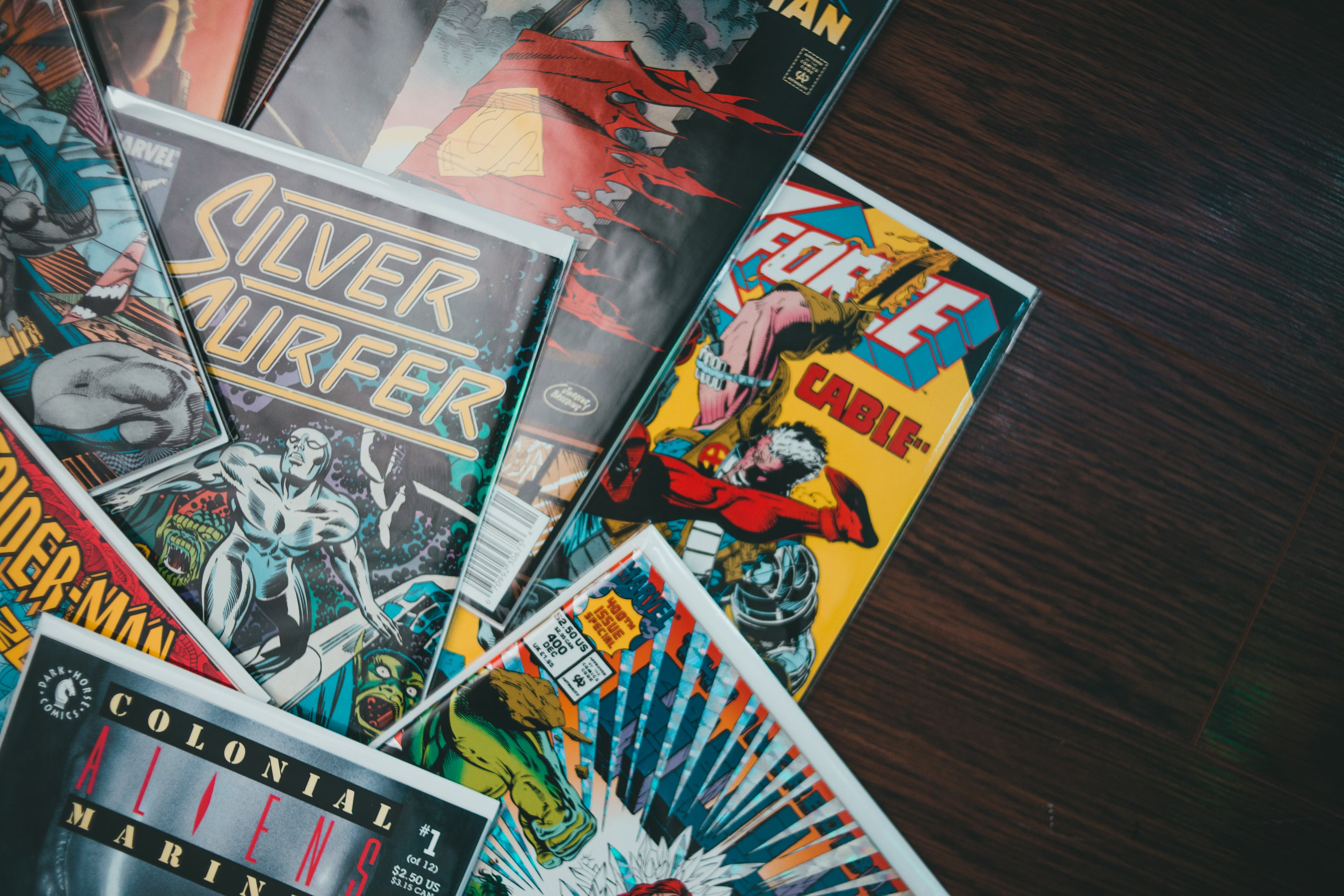Why is Punpun so hard to read?
For many manga fans, Goodnight Punpun is both a masterpiece and a challenge. People often describe it as beautiful, heartbreaking, and unforgettable, but also as one of the hardest manga to read. So why is Punpun so difficult to get through? Let’s break it down together like we’re chatting about it over coffee, because if you’ve ever tried to read this series, you know it leaves you with more questions than answers.

The emotional weight of the story
One of the biggest reasons Goodnight Punpun is so hard to read is the sheer emotional heaviness. This isn’t a lighthearted comedy or a straightforward action story. Instead, it takes you deep into the life of Punpun Punyama, following him from childhood into adulthood, and it doesn’t shy away from the rawest parts of human experience.
The manga covers topics like depression, abuse, unrequited love, family dysfunction, and even existential dread. For many readers, it feels like staring into a mirror of the darker parts of life. That emotional honesty is what makes the series powerful, but it’s also what makes it painful.
The unique way Punpun is drawn
If you’ve read it, you’ll know Punpun himself doesn’t look like the other characters. He’s drawn as a simple bird-like figure, while everyone else looks realistic. This stylistic choice makes Punpun feel both universal and disconnected. You can project yourself onto him, but at the same time, it reminds you that he never truly fits into the world around him.
This artistic decision adds to the difficulty of reading. You’re constantly reminded that Punpun is different, and the disconnect between how he’s drawn and how he experiences the world adds an extra layer of unease.
Relatability that cuts too deep
Another reason Goodnight Punpun is so tough to read is because it hits close to home for many people. Almost everyone has felt lost, lonely, or misunderstood at some point in their life. Punpun embodies those feelings on an extreme level.
When readers see parts of their own struggles reflected in Punpun’s journey, it can feel overwhelming. It’s not escapism in the usual sense. Instead, it forces you to confront emotions you may not have wanted to revisit.
The pacing and atmosphere
Unlike action-driven manga, Goodnight Punpun unfolds slowly. Inio Asano, the creator, uses quiet moments, long silences, and subtle details to create atmosphere. This pacing mirrors the weight of everyday life, but it also makes you sit with uncomfortable emotions for longer.
There are no quick payoffs, no easy resolutions. The story takes its time, and that can make it feel heavy in a way that other manga do not.
Complex themes and symbolism
Part of the challenge of reading Punpun comes from how layered it is. Asano doesn’t spoon-feed the audience. Instead, he uses metaphors, surreal imagery, and symbolism to communicate emotions and themes.
For example, Punpun’s appearance changes throughout the story depending on his mental state. Some characters appear larger-than-life, almost monstrous, when viewed through Punpun’s perspective. These choices force you to interpret the story on multiple levels, which can be mentally and emotionally draining.
No clean happy endings
A lot of manga, even serious ones, offer some kind of hopeful resolution at the end. Goodnight Punpun doesn’t follow that path. It challenges the idea that every story should wrap up neatly or leave you with comfort. Instead, it gives you an ending that feels raw and unresolved, much like real life.
For many readers, this lack of catharsis is what makes the series stick in their minds, but it also makes it difficult to process emotionally.
Reader expectations vs reality
Many people pick up Goodnight Punpun expecting just another coming-of-age manga. What they get is something much darker and more psychologically intense than they anticipated. That gap between expectation and reality can be jarring.
You might start the story thinking it’s going to be about childhood crushes and awkward teenage years, but very quickly, you realize you’re in for something far heavier. That tonal shift alone makes it a challenging read.
Why people still recommend it despite the difficulty
So if it’s so hard to read, why do fans constantly recommend Goodnight Punpun? The answer is because of its honesty. Few manga capture the raw messiness of life as powerfully as this one. It doesn’t hold your hand, and it doesn’t try to comfort you, but in doing so, it makes you feel less alone.
Readers who make it through often describe the experience as life-changing. It’s not enjoyable in a traditional sense, but it’s impactful in a way that lingers long after you put it down.
Should you read Punpun?
If you’re on the fence, it’s worth asking yourself what you want out of the experience. If you’re looking for an uplifting, feel-good story, this probably isn’t it. But if you’re ready to confront difficult emotions and explore the darker corners of human psychology, Goodnight Punpun offers something no other manga can.
That’s why so many fans call it a masterpiece, even though it’s incredibly hard to get through. If you’re curious, you can start exploring it here at Goodnight Punpun manga and see for yourself why readers have such strong reactions.
So, why is Punpun so hard to read? It’s because it doesn’t just tell you a story. It asks you to confront emotions you may not be ready for, and it doesn’t offer easy answers. The emotional weight, the unique art style, the pacing, and the lack of traditional resolution all combine to make it one of the most challenging manga experiences out there.
But that’s also why it’s so unforgettable. For those who connect with it, Goodnight Punpun is more than just a manga. It’s a mirror, a reminder, and sometimes even a wake-up call. It’s not easy, but maybe that’s exactly the point.
